Ancient faces — with eerie expressions — reemerge in Amazon River’s historic drought
The hollow eyes of an eerie stone face stare up at the sky from a bank of the Amazon River. The human-like carving normally sits at the bottom of the river, but as a record-breaking drought grips the region, the ancient face has reappeared.
The carvings reemerged on a riverbank of the Ponta das Lajes archaeological site near Manaus, Brazil, the country’s Institute of National Historical and Artistic Heritage said in an Oct. 20 news release.
The engravings show human-like figures and are likely between 1,000 and 2,000 years old, Jaime Oliveira, an archaeologist with the institute, told the Brazilian outlet O Globo. Ancient civilizations carved the images with stone tools, he said.
Some faces appear happy and smiling while others look grim and serious, according to photos shared by Geoturismo na Amazônia, a Brazilian geological group, in an Oct. 20 Facebook post.
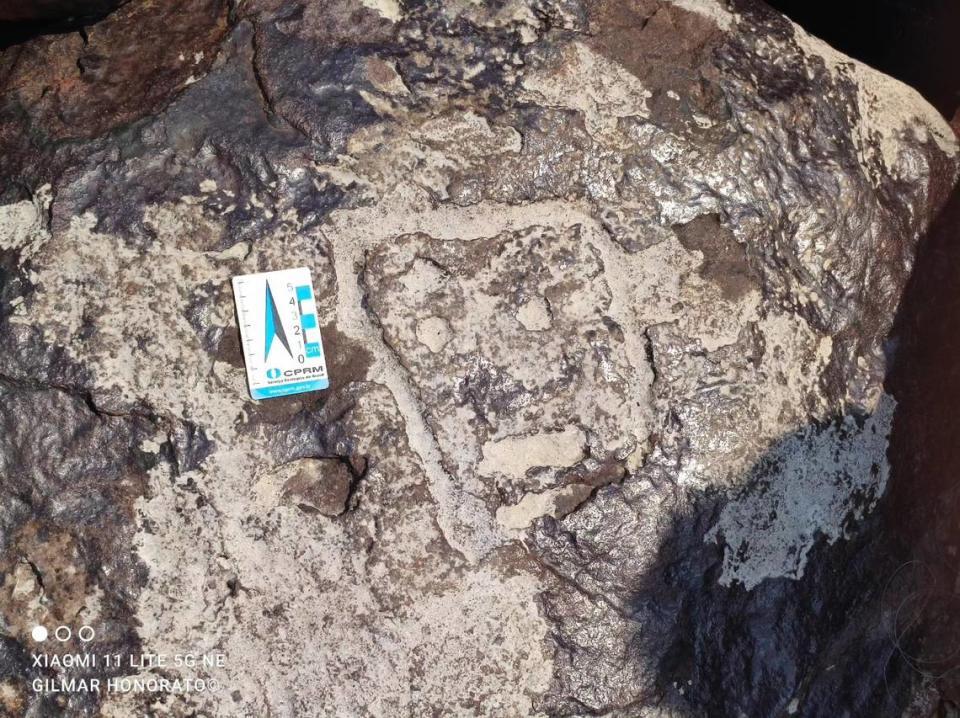
A photo shows one rectangular face with large eyes and a wide open mouth, giving it a look of fear or shock. Two other rectangular face carvings have similar designs with more muted expressions.
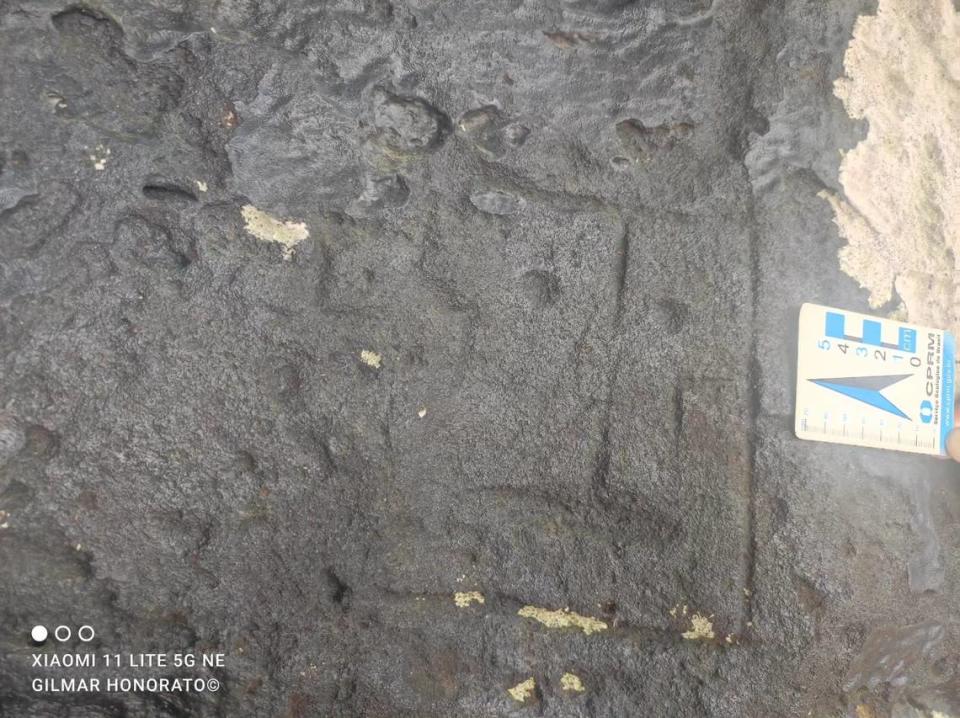
Other photos show several smaller circular faces. One has a small O-shaped mouth and looks surprised. Another with a mouth that dips down at the corners appears sadder.
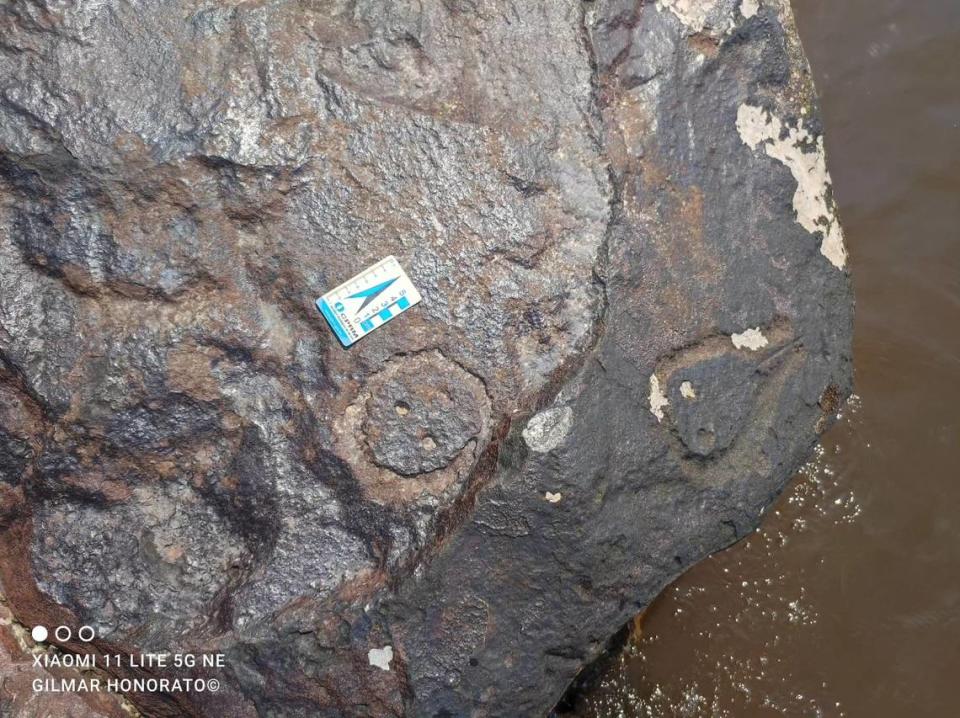
“The site expresses emotions, feelings,” Oliveira told AFP.
The ancient carvings were first seen during a drought in 2010, AFP reported.
Now, the faces have been exposed again — this time due to an even more severe drought, the institute said.
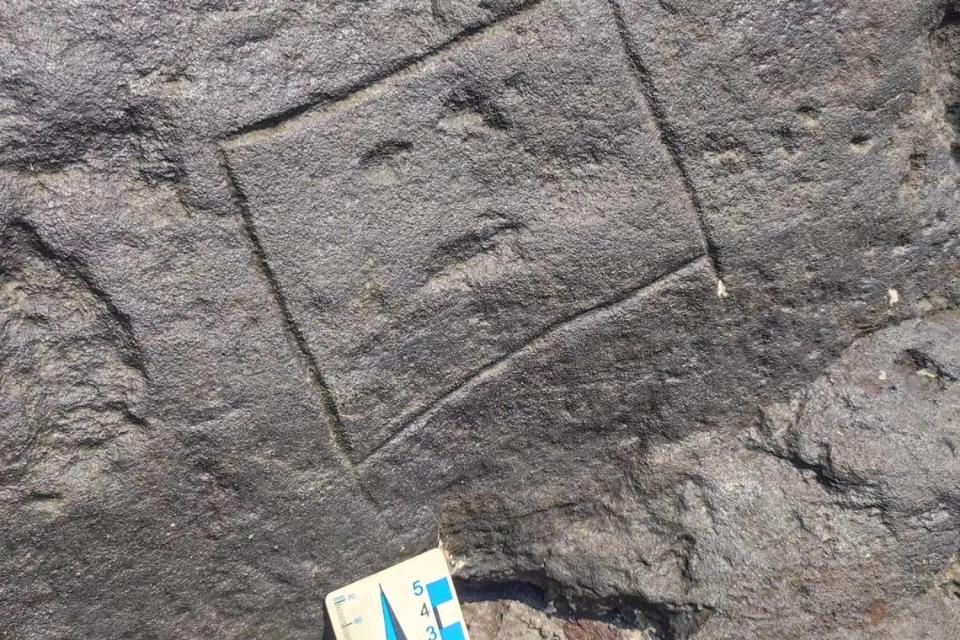
Three major waterways running through northern Brazil’s Amazon rainforest — the Amazonas River, Negro River and Solimões River — had record-breaking low water levels, according to an Oct. 19 report from the Brazilian Geological Survey.
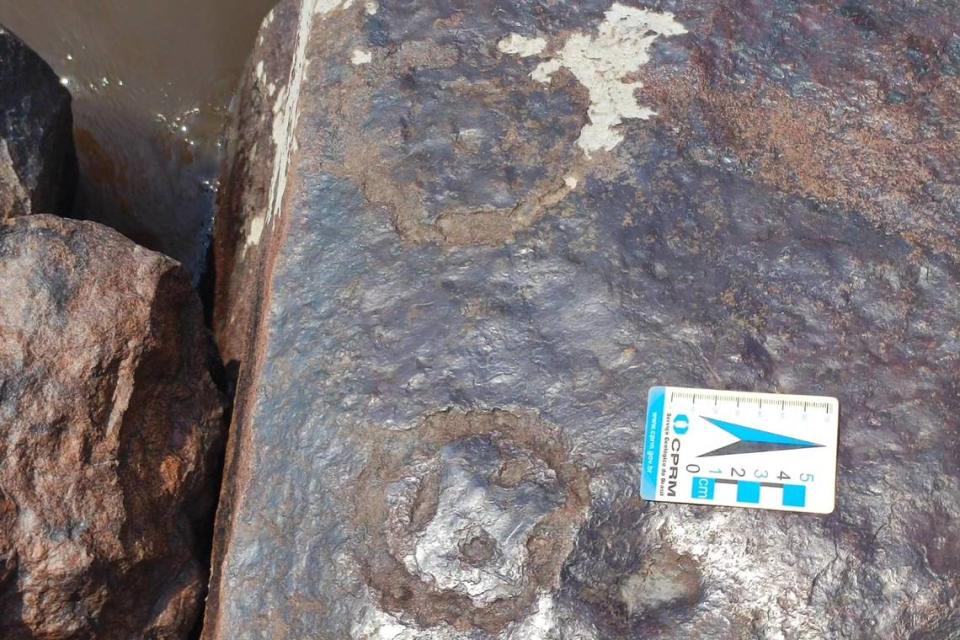
A photo shows the dry riverbank in Manaus with the carvings. The river is just barely visible near the horizon.
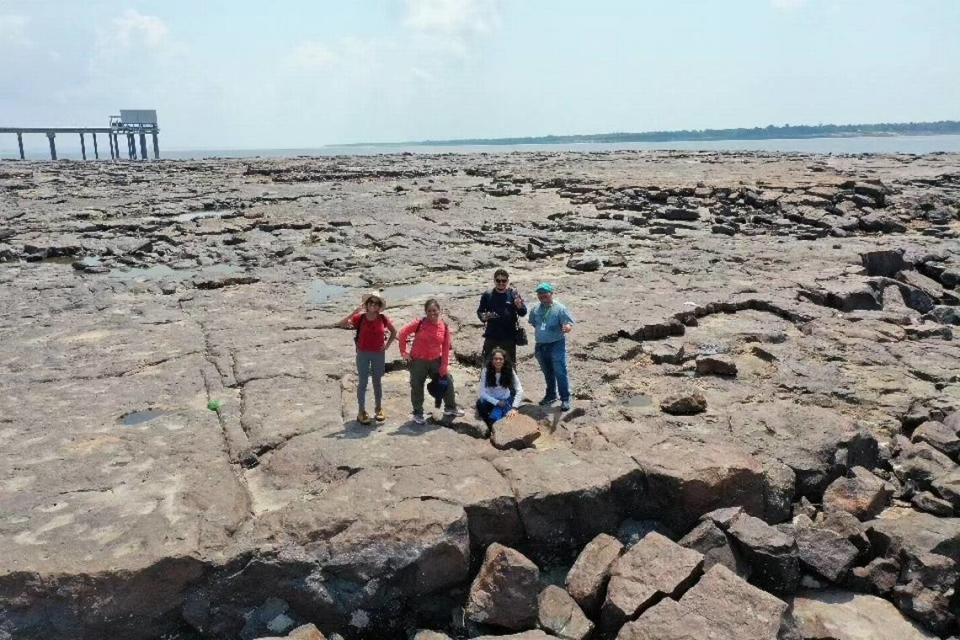
The drying rivers have stranded remote communities that rely on navigable rivers for drinking water and disrupted shipments to Manaus, the area’s largest city with 2 million inhabitants, the Associated Press reported.
About 100 municipalities in northern Brazil are currently experiencing severe drought conditions, Brazil’s Ministry of Science, Technology and Innovation said in an Oct. 23 post on Twitter, now rebranded as X.
Brazil’s dry season occurs annually between May and October. “The dry season has worsened this year due to El Niño, an irregular climate pattern over the Pacific Ocean that disrupts normal weather, adding to the effect of climate change,” AFP reported.
The current drought is expected to worsen until January, officials said.
Google Translate was used to translate the news releases from Institute of National Historical and Artistic Heritage (Iphan) and Brazilian Geological Survey; the article from O Globo; and the Twitter post from Brazil’s Ministry of Science, Technology and Innovation. Facebook Translate was used to translate the post from Geoturismo na Amazônia.
Massive 500-year-old serpent sculpture is revealed when earthquake shakes Mexico City
Sword poking up from soil leads to discovery of 1,000-year-old Crusader cemetery
Metal detectorist searching carrot field stumbles on ancient jewelry set, photos show

